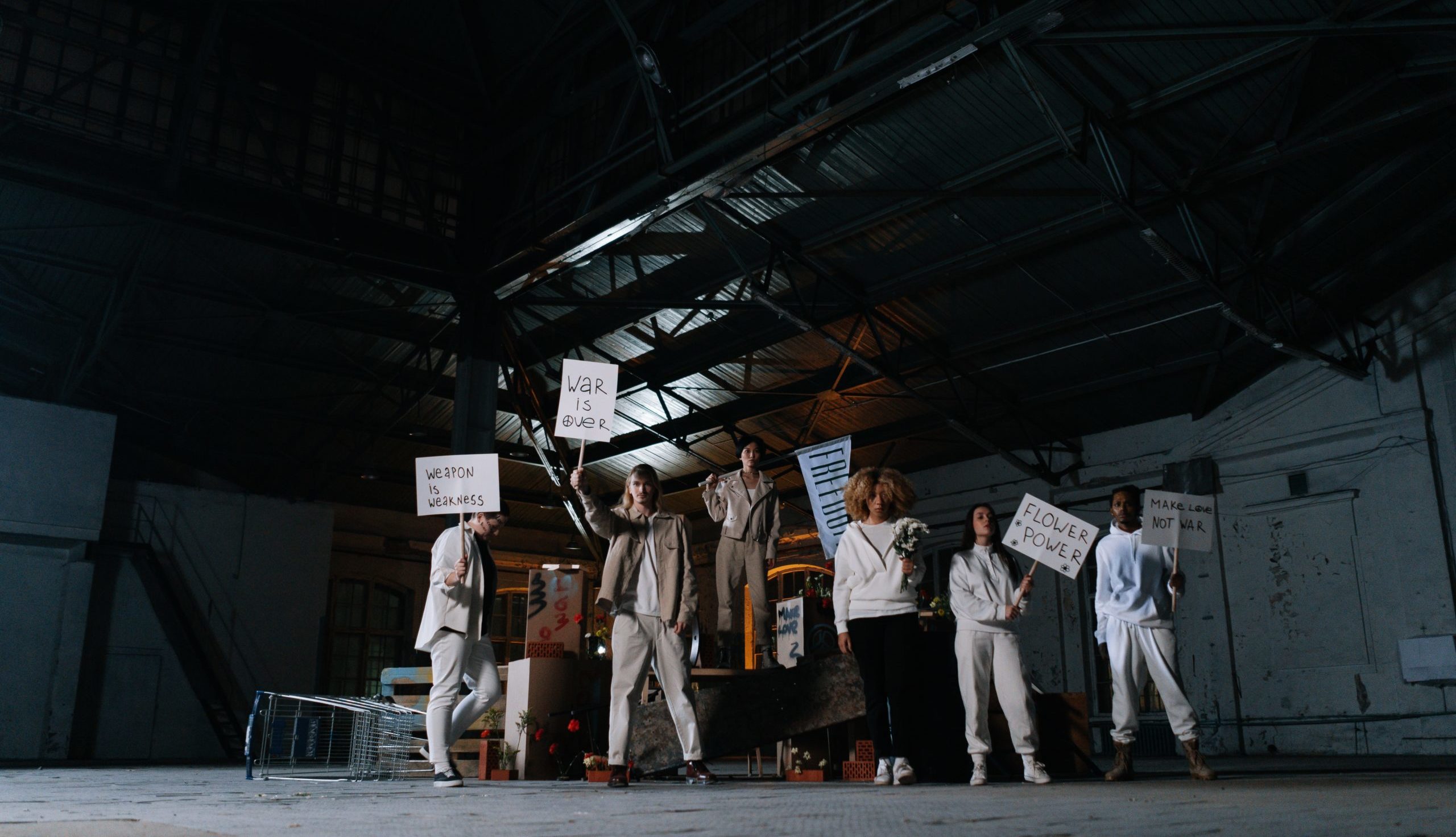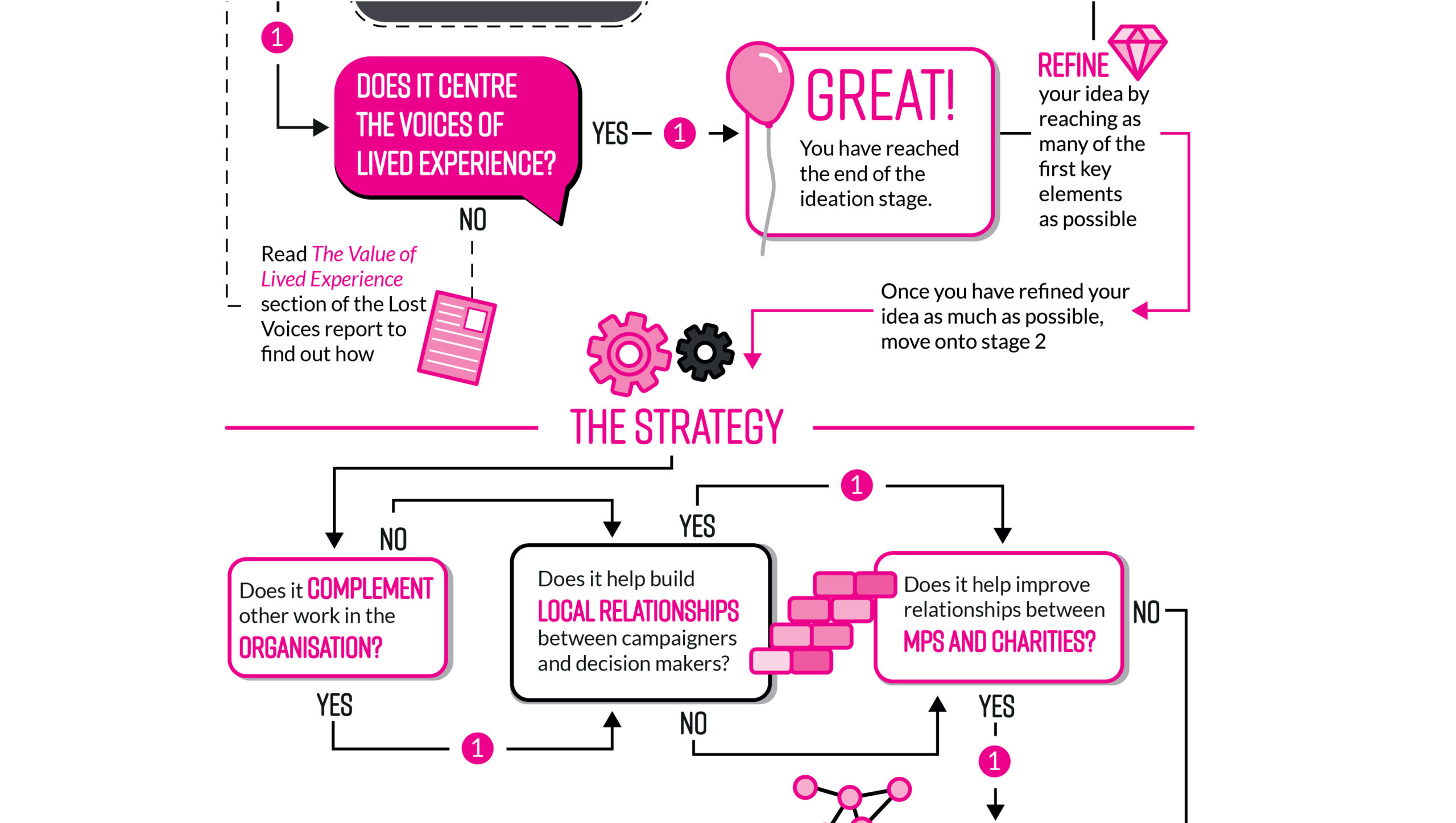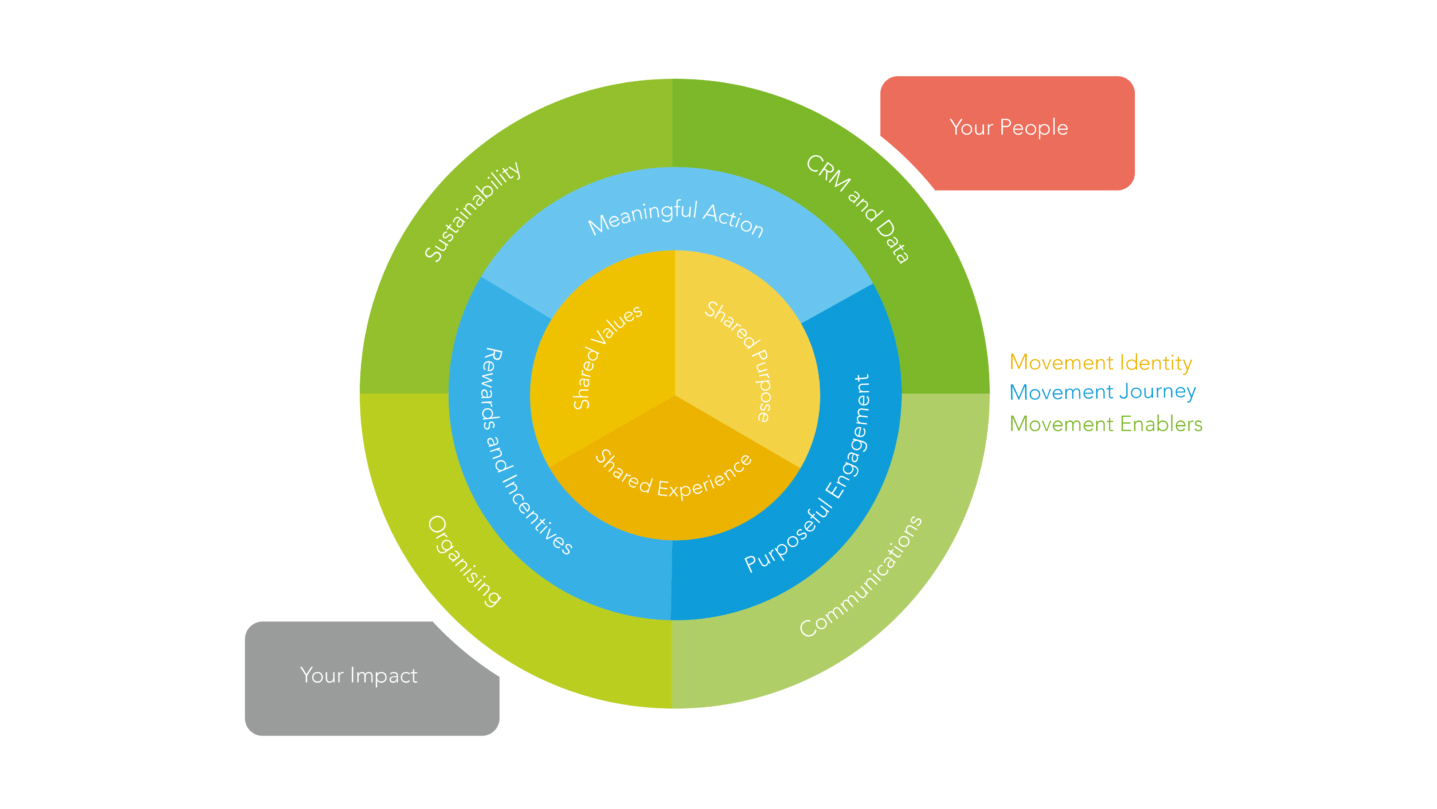Lost in the fog? Why it’s more important than ever to consider organisational strategy

In ‘How Organizations Develop Activists’, Hahrie Han identifies that social change organisations tend to fall into patterns of operating “without having clear explanations for why they were adopting particular strategies”.
One main reason for this is that past choices influence, and limit the options for, future strategic direction.
An organisation invests in people and equipment, and builds up institutional knowledge and relationships. This all has the effect of reinforcing a particular direction that you have chosen to head in and it operates as a barrier to strategic adaptation.
So you carry on along the same path.
But the road to social change involves a multitude of forked paths.
Which is why Hahrie Han stresses the importance of advocacy organisations making “more conscious choices about when and why they might opt for one strategy over another”.
It’s always a good time, but we think now is particularly important, for NGOs to step back and consider their organisational strategy and how effective campaigning can best be part of it.
There are two dimensions to this:
1. How campaigning fits in the organisation
There seems to be a tendency in the sector towards ‘NGO-spreading’ – trying to do everything. The recent NPC state of the sector report, for example, highlights that “many organisations find it a challenge to deprioritise areas and activities where impact is not as great, or where others are better placed to make an impact”. And it identifies that the majority expect to expand their programmatic range in future with only a tiny group expecting to cut back.
One consequence of this stance is that NGOs often end up shovelling campaigning on top of a load of other stuff.
But this fails to take into account that campaigning is inherently disruptive to existing programmes in a number of ways:
a) Relationships
NGOs that are embedded in decision making processes, and often reliant on decision makers for funding, have a natural reticence to criticise. But that then means they campaign with one arm (or both arms) tied behind their back.
b) Ways of working
Project management models may be well suited to other disciplines, but exporting them to campaigning can be problematic, given the need for more fluid, adaptive ways of managing campaigns.
c) Timescales of change
Campaigning delivers results in the medium and longer term and it doesn’t make sense to try to make decisions based on the likely impact of more direct interventions vs. campaigning, it’s apples and pears.
d) Levels of comfort with uncertainty
Campaigning is more speculative than more direct approaches, but with the potential for achieving exponential change. Looking for certainty around results is the wrong starting point for campaigning.
Organisations should address rather than evade these disruptions.
It’s about setting out a vision you can believe in and recognising and managing the trade offs involved, rather than acting as if they don’t exist.
2. Strategic approach to campaigning
Hahrie Han sets out that advocacy organisations have to be able to
- “sense” how the world around them is changing, and
- “seize” new opportunities and proactively address challenges, and then
- “transform” themselves when change is needed
NGOs’ capacities in all these areas need significant attention.
Sensing depends on having close links to constituencies. But as we discuss in a previous post, connections are often weak or missing.
Seizing means seriously reflecting whether current approaches are working and fit for purpose. Not just assuming they are, or that they will be. And that doesn’t seem to be happening all that much. We think there needs to be much more space for individual NGOs, and for the sector, to give consideration to these sorts of questions.
Transforming is about reorienting in response to this analysis. It means taking difficult decisions and seeing them through. And again the big NGOs classically struggle to do this for a variety of reasons, but decision making, speed and size are all contributing factors.
But in a changing world, NGOs must invest in this sort of strategic capacity to stay relevant.
That means charities ensuring they are not just operating in a bubble. Building strong relationships with those with the lived experience of your cause is crucial to co-creating powerful advocacy based on evidence and experience and to understanding how needs and contexts are changing.
Organisations need to be open to what is happening out there, and the changing dynamics, for example in terms of new technology and techniques that can add to impact, and be able to make decisions that reflect this intelligence and understanding.
In the middle of all of this is the importance of creating a learning environment, linking learning and decision making, and being comfortable with experimenting, and taking risks, and failing once in a while.
And finally, it really helps in having your trustees involved, not just as board members signing off on strategy and budget, but as key advocates for the change you want to see in the world and the steps you need to take to get there.
As we have said in previous posts, for the sector it’s about creating safe spaces for reflection and peer support and learning. This could be creating action learning sets, or attending peer led campaign meetings such as the one we run with CharityComms, The Campaigns Network.
Join the DevComms Network for International Development communications professionals




